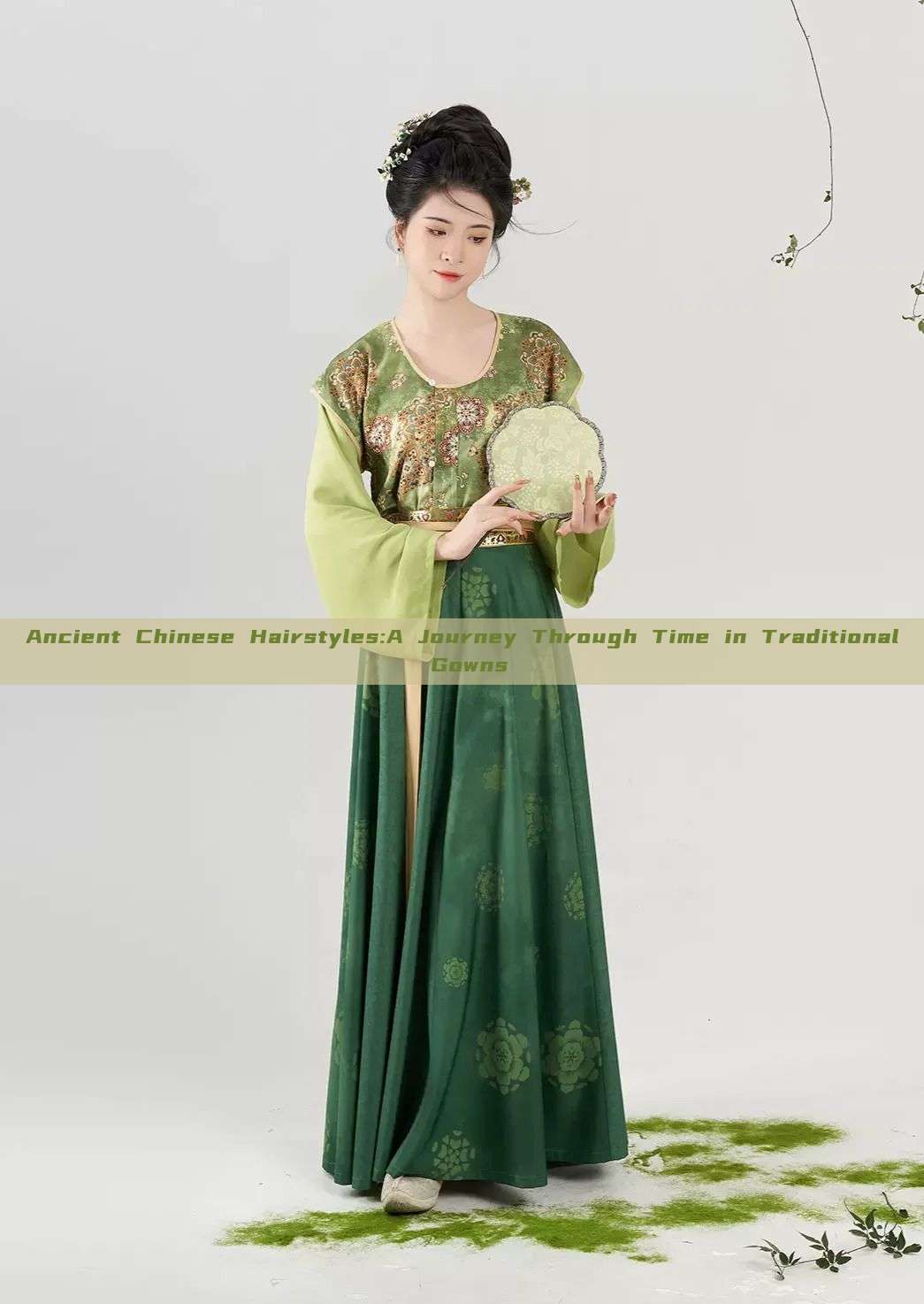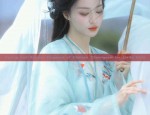Ancient Chinese Hairstyles:A Journey Through Time in Traditional Gowns
In the realm of ancient China, the art of hair styling was not just a simple act of personal grooming but a symbol of culture, status, and tradition. The intricate details and patterns of ancient Chinese hairstyles reflected the wearer’s identity, social standing, and even their mood. As we delve into the world of traditional gowns, it becomes evident that the art of hair styling was an integral part of the overall ensemble.

The earliest known hairstyles in ancient China can be traced back to the Shang Dynasty (approximately 1600-1046 BCE). During this period, women typically wore their hair in a loose bun at the back of the head, often adorned with flowers or jewelry. As Time progressed, hairstyles became more elaborate and complex, reflecting the changing social norms and fashion trends.
During the Zhou Dynasty (approximately 1046-256 BCE), women’s hairstyles became more structured and formal. They often wore their hair in a high bun at the back of the head, which was often tied up with silk threads or ribbons. The use of accessories such as combs and hairpins became common during this period, adding to the overall elegance and beauty of the hairstyle.
The Han Dynasty (202 BCE – 220 CE) marked a significant transition in hairstyle trends. Women began wearing their hair in a variety of styles, including low buns, side-swept hair, and even short cropped haircuts. These hairstyles were often paired with exquisite jewelry and makeup, further enhancing their beauty.
As we move into the Tang Dynasty (618-907 CE), we witness a more extravagant and bold approach to hairstyling. Women’s hair was often styled in high buns or chignons, adorned with flowers, jewelry, and even painted designs. These hairstyles were not just functional but also served as a medium to express individuality and creativity.
The Song Dynasty (960-1279 CE) saw a shift towards simpler and more practical hairstyles. Women began wearing their hair in low buns or simply tied up at the back of the head. However, even during this period, there was still room for creativity and personal expression through the use of accessories and makeup.
The Ming Dynasty (1368-1644 CE) marked a renaissance in hairstyle design. Women’s hair was often styled in elaborate updos with intricate patterns and designs. These hairstyles were often paired with matching gowns and jewelry, creating a harmonious and cohesive look. The use of hairpins and other accessories became even more common during this period, adding to the overall elegance and beauty of these hairstyles.
As we move into the modern era, traditional Chinese hairstyles continue to evolve and inspire modern fashion trends. Many modern hairstyle trends incorporate elements from ancient Chinese hairstyles, creating a fusion of traditional and modern elements that is both beautiful and unique.
The art of hair styling in ancient China was not just about personal grooming but also about expressing oneself through personal style choices. The intricate details and patterns of these hairstyles reflect the wearer’s identity, culture, and tradition. As we continue to explore traditional gowns and their associated hairstyles, we can appreciate the beauty and craftsmanship that went into creating these timeless styles that continue to inspire us even today.
In conclusion, ancient Chinese hairstyles are not just a thing of the past but are an integral part of our cultural heritage that continues to inspire us even today. As we delve into this journey through time in traditional gowns, we discover not just beauty but also a deep-rooted cultural tradition that continues to thrive even in modern times.

 Previous Post
Previous Post





